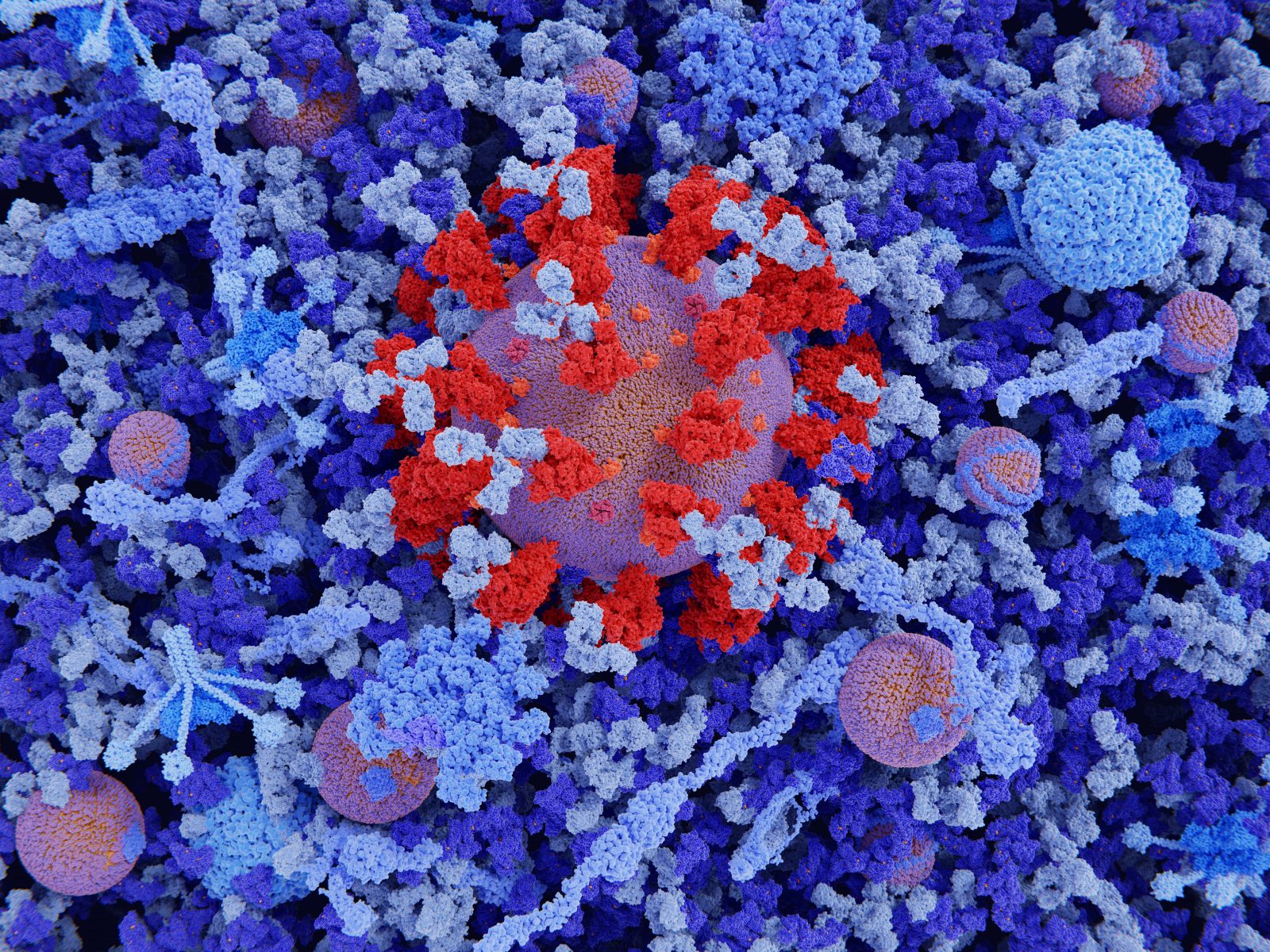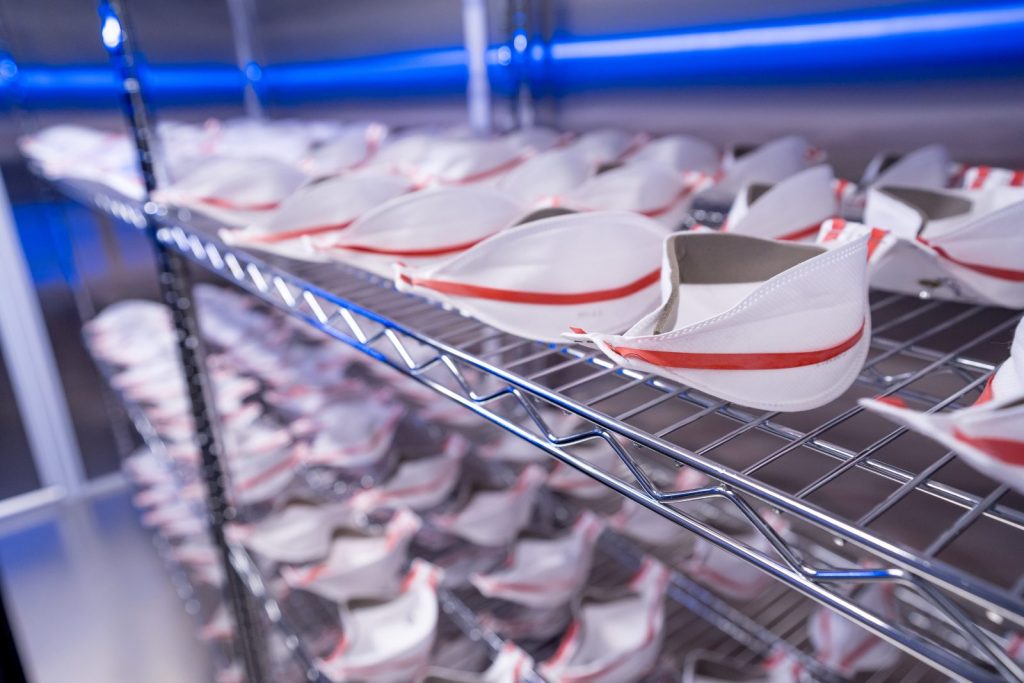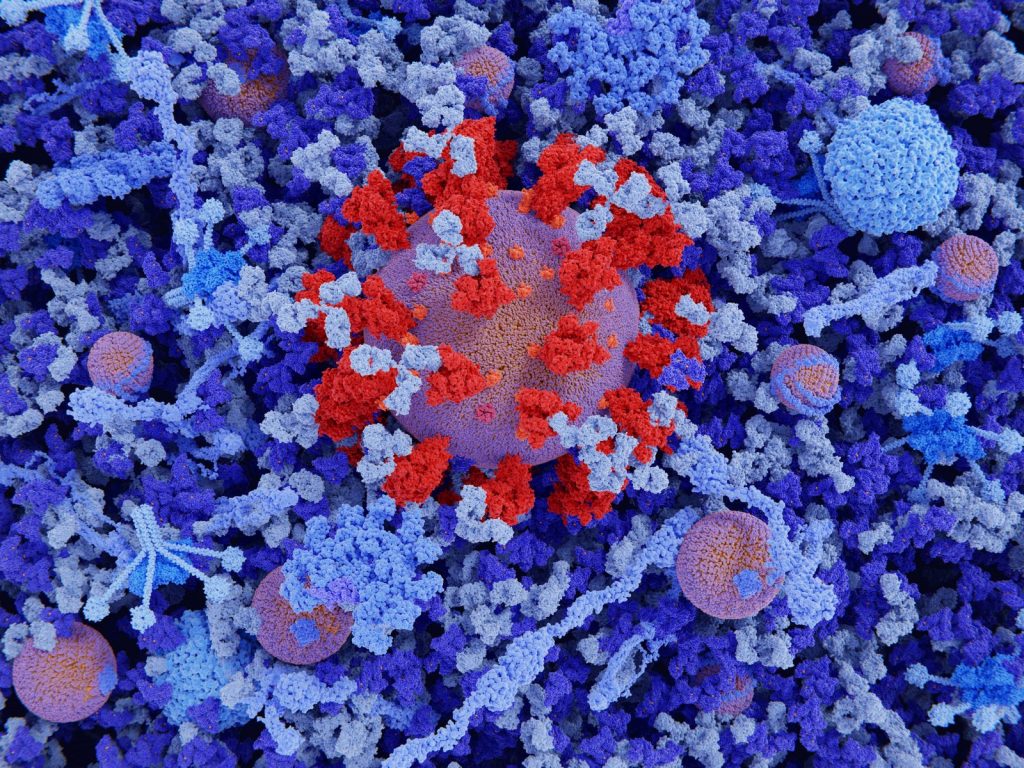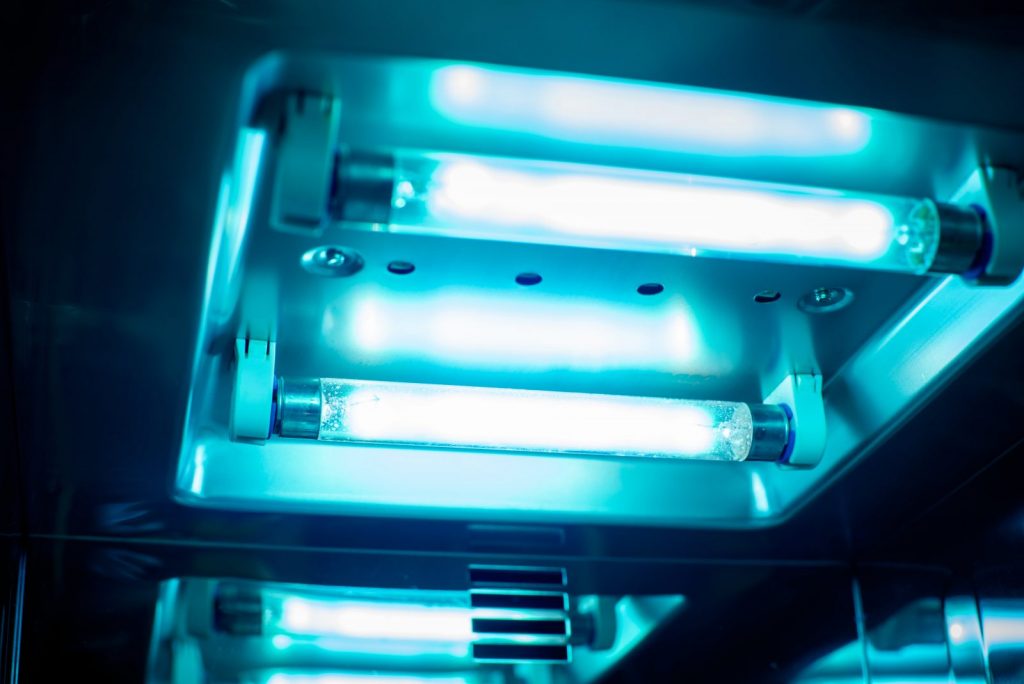
Welcome to the latest instalment of the Inivos Academic Digest for 2021, where our team shares the most interesting and thought-provoking research across microbiology, personal protective equipment (PPE), clinical decontamination, and other aspects concerning infection prevention and control.
Not only do we strive to provide a range of world-class, clinically effective automated decontamination and infection control solutions, but we also aim to impart a concise overview of current and relevant research. This can help create conversations that have the potential to generate solutions for better healthcare, faster.
In this edition, a holistic view of research gathered during October provides insights into the effectiveness of PPE in specific use cases and the overall effectiveness of infection prevention and control measures. We learn that different N95 respirator models respond differently to ultraviolet-c (UV-C) light decontamination in the context of viral decontamination and that N95 FFR masks appear to provide superior filtering performance over other mask models.
Additionally, we will explore heating, ventilation, and air conditioning (HVAC) solutions, the potential use of personal ventilation (PV), and the use of computer code in predicting viral inactivation of severe acute respiratory syndrome coronavirus 2 (SARS-CoV-2) using UV-C light.

PPE Decontamination and its Effectiveness
In a systematic review published in the International Archives of Occupational and Environmental Health, PPE use in closed environments within healthcare facilities was assessed for effectiveness against transmission through contaminated bioaerosols. During the article selection process, 13 articles of 4820 references were included for qualitative synthesis. From the evaluation of the 13 articles, it was concluded that the use of face masks (regardless of differing filtration efficiency) by individuals serving as the source of contaminated bioaerosols and those that are the receivers can effectively reduce transmission. At shorter distances, face mask use is considered essential to reduce transmission risk.
In one study from PloS One, investigators evaluated the efficacy of UV-C mediated inactivation of SARS-CoV-2 on two N95 respirator models (N95 respirator 3M 1860 and 3M 8210). Masks were inoculated with SARS-CoV-2 and decontamination analysed for 5 different inoculated mask locations (centre, top, bottom, right cheek and strap) and a control location (of aluminium coupons adhered to the centre of the masks). Masks were exposed to UV-C for 0, 300, or 600 seconds (with minimal UV-C doses of over 300 and 600 mJ/cm2 for the last two exposures). The 300-second exposure was ineffective at decontaminating masks when averaging locations and 600 seconds effectively decontaminated the 3M 1860 masks only.
Another study from PloS One examined the ability of UV-C and 70% alcohol to decontaminate VJR-NMU silicone half-piece elastometric respirators from pathogens (porcine epidemic diarrhoea virus, PEDV, and other strains) and investigated the respirator integrity. Fit tests were used to evaluate tensile strength and elongation at break of masks after repeated decontamination. Results of the study showed that UV-C irradiation at a dose of 3 J/cm2 could eradicate bacteria after 60 min and viruses after 10 min. Tensile strength and elongation at break of masks were found to be uncompromised after repeated cycles of decontamination.
A bipartite study published in PloS One involved a cross-sectional component surveying healthcare workers (HCWs) for anti-SARS-CoV-2 antibodies and a prospective cohort component. The cohort component of the study involved testing HWCs from the same medical centre (in Saitama City, Japan) for anti-SARS-CoV-2 antibodies monthly over 3 months (May to July 2020) to assess the effectiveness of infection prevention measures, including PPE use. In the antibody survey, only one of 607 HWCs tested positive for anti-SARS-CoV-2 antibodies and all participants of the cohort component of the study tested negative for the anti-SARS-CoV-2 antibody at baseline and remained so.

Infection Prevention and Control: Air Filtration and Ventilation
A study from The European Physical Journal Plus evaluated the effects of different air conditioning systems on the transmission of exhaled virus aerosol particles. The infusion room of a third-grade hospital in Tianjin was used as a model, and a computational fluid dynamics (CFD) model was created to study the diffusion of air pollutants exhaled by a group of simplified human body models (n=12) under the service of different air conditioning systems. The horizontal diffusion distance of exhaled air was recorded at roughly 0.75 –1.1 m. When using an Up-to-down air conditioning system, it should be closed in time to avoid cross-infection in the closed space. A Down-to-Up system provided a clean air area of 1.1 m in height.
A study from Case Studies in Thermal Engineering assessed the effectiveness of potential HVAC solutions (Fan Coil Units, FCU, Constant Air Volume, CAV, Variable Air Volume, VAV, Dedicated Outdoor Air System, DOAS). Simulation models integrated data on region weather, geometric data, internal gains, HVAC system, and infectious aerosols. Analysis revealed the effectiveness of the proposed DOAS in supplying 100% fresh ventilated air and enhancing the control of the indoor relative humidity simultaneously. The DOAS model reduced the CO2 emissions to 691 tons, with the potential of reducing HVAC and whole-building energy use by 37% and 16%, respectively in the hot arid climate.
In a study from Energy and Buildings, investigators explored the potential use of PV (whereby clean air is delivered directly to an individual/occupant) to mitigate the transmission of SARS-CoV-2 contaminated aerosols between occupants. Occupants were represented by two breathing thermal manikins and nebulised aerosols were generated to mimic exhaled respiratory droplets released and transmitted between occupants. PV was shown to be effective at reducing infection risk compared with using mixing ventilation alone. A reduction of infection risk for SARS-CoV-2 of 65% was observed with a PV of 9 L/s after an exposure duration of 2 hours with manikins placed back-to-back. The assessment was made by the dose-response model.

Disinfection with UV-C and Hydrogen Peroxide
In a review from The Scientific World Journal, researchers searched databases (between 1998 and 2020) and identified 62 studies concerning viral pathogens (including SARS coronavirus, Middle East respiratory syndrome, MERS coronavirus or endemic human coronaviruses, HCoV, canine coronavirus, CCV, transmissible gastroenteritis virus, TGEV, and mouse hepatitis virus, MHV) and the disinfection methods used in combating them. Researchers concluded that these pathogens could be efficiently inactivated with 0.5% hydrogen peroxide or 0.1% sodium hypochlorite within 1 minute. Dry heat at 56°C and a UV light dose of 0.2 to 140 J/cm2 were also found to be effective. .
A systematic review from The Journal of Hospital Infection highlights the efficacy of disinfection methods associated with SARS-CoV-2. From 1229 studies, 60 were chosen and reviewed. The studies included those concerned with disinfection of environmental and biological surfaces, disinfection methods for airborne coronavirus, and the reconditioning of PPEs. Two studies revealed that UV-C light can efficiently inactivate up to 99.9% of aerosolised coronaviruses. UV-C irradiation was found to be more effective against SARS-CoV-2 when deposited onto glass, plastic, and gauze, compared to fleece and wool (achieving 99.99% and 90-95% reduction of viral titres, respectively).
A study from Microbiology Spectrum evaluated the UV-C sensitivity of SARS-CoV-2 and other coronaviruses. The investigators revealed a UV sensitivity of 1.7 mJ/cm2/log10 reduction for SARS-CoV-2 compared to the other coronaviruses HCoV-229E, HCoV-OC43, and mouse hepatitis virus (MHV, with UV sensitivities of 1.8, 1.7, and 1.2 mJ/cm2/log10 reduction, respectively). Pathogens were particularly sensitive to 254 nm irradiation.




